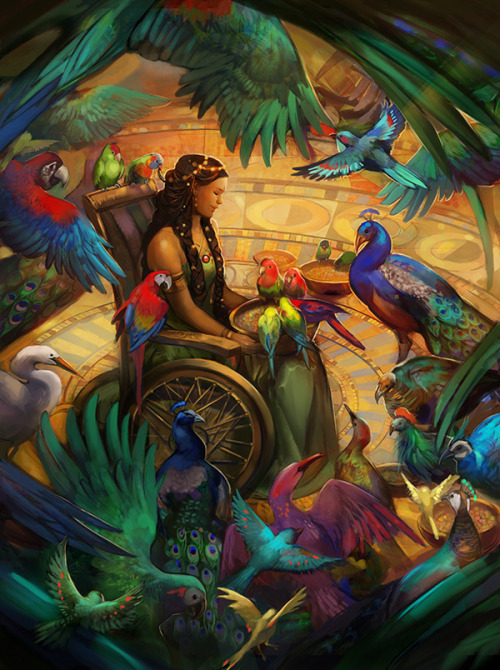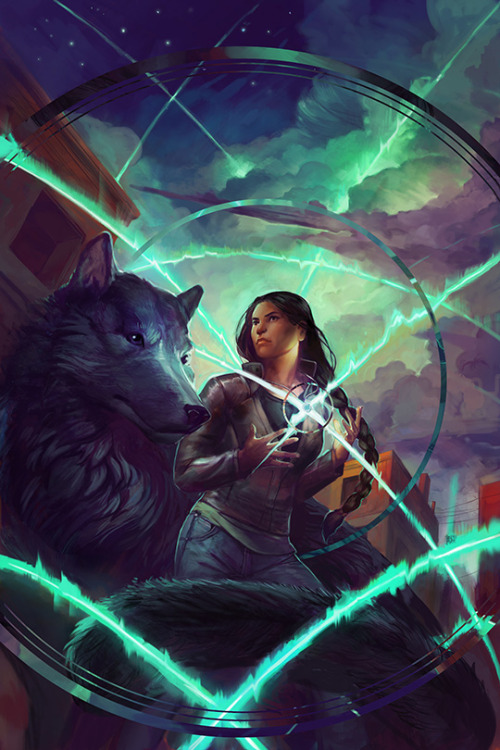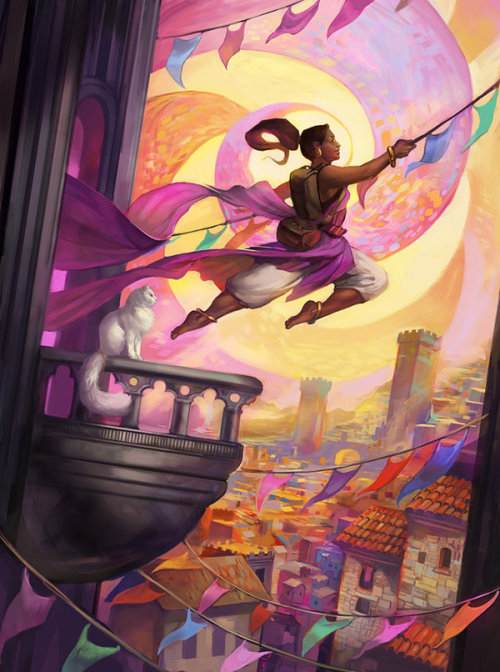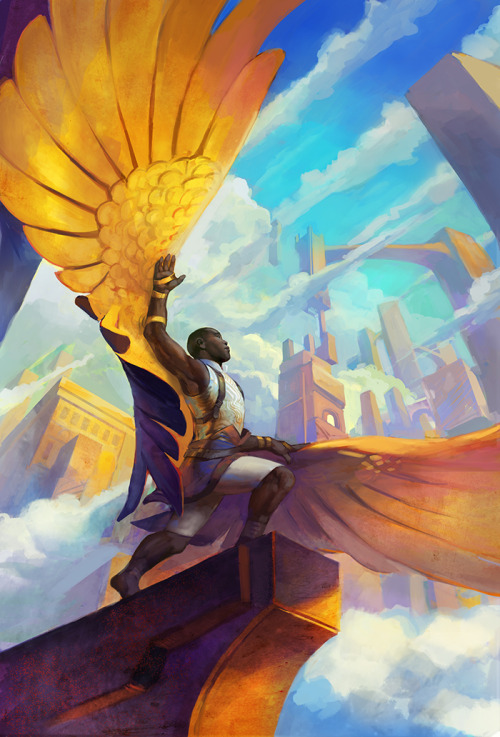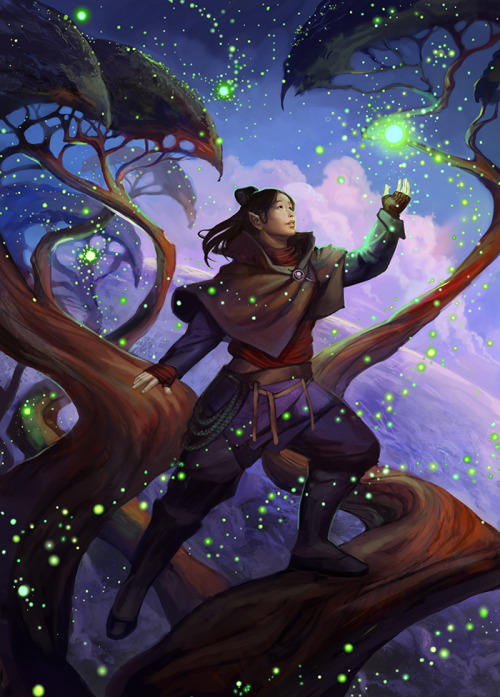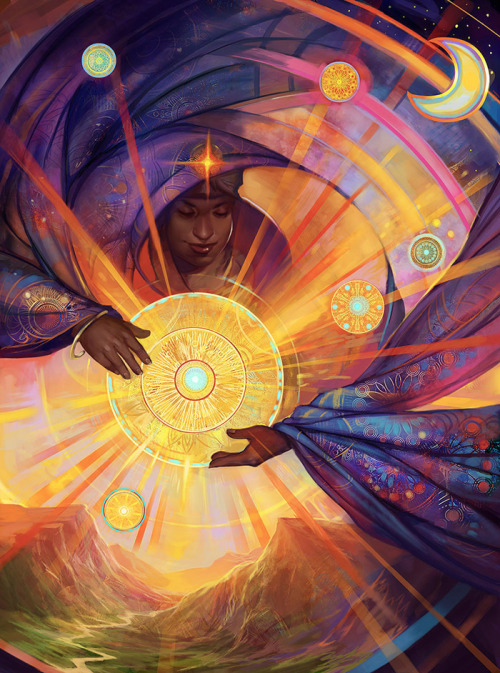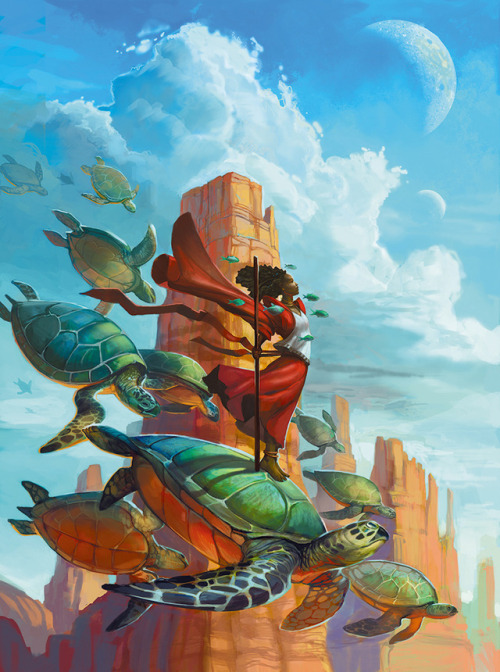I Wish A Christmas Carol Had An Even Stronger Influence On Christmas Tradition And Ghosts Became A Symbol
I wish A Christmas Carol had an even stronger influence on Christmas tradition and ghosts became a symbol of the holiday
More Posts from Copperfingertips and Others


~ the pondering muse🌙
Where have all the bugs gone? That’s what this post tries to answer and if you’re like me and hadn’t really noticed the lack of bugs recently, you’ll understand why this is such a big deal after reading the article. However, before we dive into this article, I want to share with you what I’ve noticed.
I’ve lived in Missouri for almost 19 years now, about a decade ago I remember windshields so full of bug splats that you couldn’t see out of it while driving down the highway and cringing at the *thump* of especially large bugs when they hit. I remember a season where when I rode my bike around town I couldn’t not hit a grasshopper because there were more than I could count all over the roads and fields. Last summer however? I remember pulling a single butterfly from the grill of my dad’s truck. That’s it… There were no more bugs. …
Here’s how plentiful our world used to be. We tend to think that the environmental conditions that we are born into are normal, but it is anything but normal.
“In “The Once and Future World,” the journalist J.B. MacKinnon cites records from recent centuries that hint at what has only just been lost: “In the North Atlantic, a school of cod stalls a tall ship in midocean; off Sydney, Australia, a ship’s captain sails from noon until sunset through pods of sperm whales as far as the eye can see. … Pacific pioneers complain to the authorities that splashing salmon threaten to swamp their canoes.” There were reports of lions in the south of France, walruses at the mouth of the Thames, flocks of birds that took three days to fly overhead, as many as 100 blue whales in the Southern Ocean for every one that’s there now. “These are not sights from some ancient age of fire and ice,” MacKinnon writes. “We are talking about things seen by human eyes, recalled in human memory.”“
So, when you read the above article, please understand how dire these circumstances are for us and our planet. Ok, so what are the highlights of the article?
“A 2013 paper in Nature, which modeled both natural and computer-generated food webs, suggested that a loss of even 30 percent of a species’ abundance can be so destabilizing that other species start going fully, numerically extinct — in fact, 80 percent of the time it was a secondarily affected creature that was the first to disappear.”
- Drastic drops in insect populations have been recorded globally.
- World’s largest king penguin colony shrank by 88%.
- Blue-fin Tuna populations have shrunk 97%.
- 60% decrease in total wild land animal populations.
- 96% of the planet’s biomass now is humans and livestock. Wild animals represent less than 4%. …
- 10-60% less arthropod biomass in Puerto Rico.
- 50-80% drops in partridges from France due to the lack of insects they eat.
- 50% of all farmland birds in Europe are gone.
- Birds which rely on insects may be starving to death due to their collapse.
These are some drastic decreases and we tend to forget that all species are connected. When we loose one species, we can loose all the species that rely on it. We need to recognize what is happening around us with our environment and our planet. We need to know, that what we are seeing today, isn’t normal.
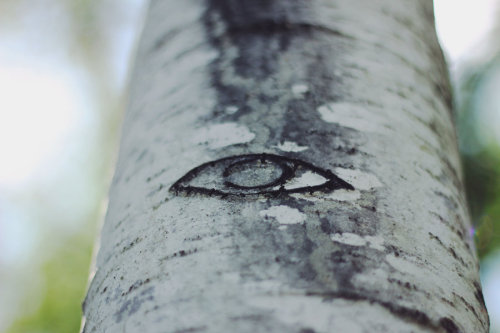
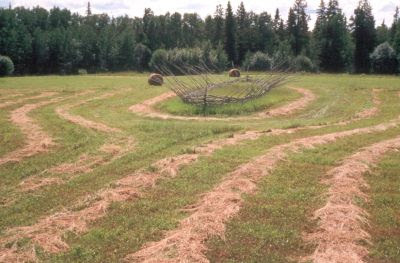
By copyrighting his property as an artwork, he has prevented oil companies from drilling on it.
Peter Von Tiesenhausen has developed artworks all over his property in northern Alberta. There’s a boat woven from sticks that is gradually being reclaimed by the land; there is a fence that he adds to each year of his life, and there are many “watching” trees, with eyes scored into their bark.
Oil interests pester him continually about drilling on his land. His repeated rebuffing of their advances lead them to move toward arbitration. They made it very clear that he only owned the top 6 inches of soil, and they had rights to anything underneath. He then, off the top of his head, threatened them that he would sue damages if they disturbed his 6 inches, for the entire property is an artwork. Any disturbance would compromise the work, and he would sue.
Immediately after that meeting, he called a lawyer (who is also an art collector) and asked if his intuitive threat would actually hold legally. The lawyer visited, saw the scope of the work on the property, and wrote a document protecting the artwork.
The oil companies have kept their distance ever since.
This is but one example of Peter’s ability to negotiate quickly on his feet, and to find solutions that defy expectations.

the entire sinnoh region looks almost entirely like this
Everyone should garden
Sometimes when I’m talking to people about sustainability they’re like, “well, not everyone wants to garden” and it’s like, on the one hand I’m sure that’s true because of the diversity of the human experience means that someone out there would hate gardening no matter what.
But on the other hand…. what???? Why would someone NOT want to experience the miracle of life and then have the freshest ingredients possible to cook with??? All while releasing no green house gasses and being super cheap???
Humans have literally lived forever surrounded by plants with cultivating plants as a vital part of how we have lived for thousands of years and you’re telling me that we should stop doing that because some people don’t like to garden??
Gardening isn’t a hobby! It’s a way of life that we all need to be living if we can because our current way of life is unsustainable! Also everyone that can garden should so we can support the people who can’t. Gardening is what made us human and we can’t stop now.
How anarchist organizers in rural Puerto Rico rebooted their power grid after the privatized power company abandoned them

After being hammered by hurricane Maria, the residents of the rural Puerto Rican mountain town of Mariana got tired of waiting for the bumbling, privatized, cash-starved power authority to reconnect them to the grid, so the anarchist organizer Christine Nieves founded Proyecto de Apoyo Mutuo, one of a dozen-odd cooperatives across the island to create their own solar grid; by the time the The Puerto Rico Electric Power Authority finally put in appearance, Mariana had had power for two whole months.
After Maria, Puerto Rico suffered the second-longest blackout in world history, ignored by both the federal government and the gutted, heavily privatized local government. So community organizers like Nieves took matters into their own hands.
Nieves’s group formed an alliance with the Katrina-inspired Mutual Aid Disaster Relief, which fundraised to send gear to Puerto Rico.
The island-wide efforts are rare bright spots in a year-long crisis with no end in sight. Naturally, they’ve faced police harassment and raids looking for “antifa.”
https://boingboing.net/2018/09/13/better-than-bounty.html
sustainability as a concept done on an individual basis shouldn’t be framed as planet saving because it’s. not. you can’t save the earth by planting your own tomatoes, because the destruction of the earth is due to corporations
what you CAN do is use individual sustainability to gain a level of independence from capitalism for yourself and for your community through things like sharing grown food
Outsiders are not not saving a language by learning it.
While I’m personally grateful services like Tribalingual exist, creating some academic access to Indigenous languages, particularly for Indigenous diaspora (if they can afford it), I’m extremely dubious of the notion that a outsiders learning an Indigenous language is somehow “saving” it. There was a testimonial from some white American girl learning Ainu itak, and she spoke of it as if she were collecting some rare Pokemon card before it went out of print or something, framing it in typical dying Native rhetoric. What is she going to do with Ainu itak, except as some obscure lingual trophy?
If you want to save a language, save the people.
Language means nothing without history and culture breathing life into it, and in turn we are disconnected from our history and ancestors without it. Support Indigenous quality of life, ACCESS to quality education, quality health services (mental and physical), land and subsistence rights, CLEAN DRINKING WATER, advocate against police brutality and state violence, DEMAND ACTION FOR MISSING AND MURDERED INDIGENOUS WOMEN.
Damn, if you really want to “save the language” pay for an Indigenous person’s classes for them to reconnect to their mother tongues. I’m not saying outsiders shouldn’t learn languages they’re invited to learn, but don’t pretend like you learning conversational Ainu itak is saving it from extinction.
-
 lostaccountsposts liked this · 1 week ago
lostaccountsposts liked this · 1 week ago -
 silverrocketship reblogged this · 4 months ago
silverrocketship reblogged this · 4 months ago -
 asexualenjolras01 liked this · 4 months ago
asexualenjolras01 liked this · 4 months ago -
 rum-kontusovka-cert liked this · 10 months ago
rum-kontusovka-cert liked this · 10 months ago -
 steveorbrian liked this · 11 months ago
steveorbrian liked this · 11 months ago -
 anonymouspaperbirdman liked this · 1 year ago
anonymouspaperbirdman liked this · 1 year ago -
 charlockedblog reblogged this · 1 year ago
charlockedblog reblogged this · 1 year ago -
 miallurk liked this · 1 year ago
miallurk liked this · 1 year ago -
 caligarish liked this · 1 year ago
caligarish liked this · 1 year ago -
 aquietquixotic reblogged this · 1 year ago
aquietquixotic reblogged this · 1 year ago -
 rainstorm48 liked this · 1 year ago
rainstorm48 liked this · 1 year ago -
 monica-tailor reblogged this · 1 year ago
monica-tailor reblogged this · 1 year ago -
 dandelily liked this · 1 year ago
dandelily liked this · 1 year ago -
 hesitantlyhopefulspren liked this · 1 year ago
hesitantlyhopefulspren liked this · 1 year ago -
 thealphaaxolotl reblogged this · 1 year ago
thealphaaxolotl reblogged this · 1 year ago -
 the-most-sublime-fool reblogged this · 1 year ago
the-most-sublime-fool reblogged this · 1 year ago -
 rambunctious-raccoon liked this · 1 year ago
rambunctious-raccoon liked this · 1 year ago -
 maddison2d liked this · 1 year ago
maddison2d liked this · 1 year ago -
 yourheartinyourmouth liked this · 1 year ago
yourheartinyourmouth liked this · 1 year ago -
 wonderer125blog liked this · 1 year ago
wonderer125blog liked this · 1 year ago -
 suzie-guru liked this · 1 year ago
suzie-guru liked this · 1 year ago -
 greenaccentwall reblogged this · 1 year ago
greenaccentwall reblogged this · 1 year ago -
 gogogoat495 liked this · 2 years ago
gogogoat495 liked this · 2 years ago -
 megansalphabet liked this · 2 years ago
megansalphabet liked this · 2 years ago -
 belledxct reblogged this · 2 years ago
belledxct reblogged this · 2 years ago -
 yojeannie reblogged this · 2 years ago
yojeannie reblogged this · 2 years ago -
 yojeannie liked this · 2 years ago
yojeannie liked this · 2 years ago -
 angelthearsonist reblogged this · 2 years ago
angelthearsonist reblogged this · 2 years ago -
 angelthearsonist liked this · 2 years ago
angelthearsonist liked this · 2 years ago -
 ariel-seagull-wings reblogged this · 2 years ago
ariel-seagull-wings reblogged this · 2 years ago -
 glumbunnie reblogged this · 2 years ago
glumbunnie reblogged this · 2 years ago -
 xotterbotherx reblogged this · 2 years ago
xotterbotherx reblogged this · 2 years ago -
 taco-salad reblogged this · 2 years ago
taco-salad reblogged this · 2 years ago -
 bear-disguised-as-a-human reblogged this · 2 years ago
bear-disguised-as-a-human reblogged this · 2 years ago -
 ariel-seagull-wings liked this · 3 years ago
ariel-seagull-wings liked this · 3 years ago -
 melodypowers65 liked this · 3 years ago
melodypowers65 liked this · 3 years ago -
 dykendireckt liked this · 3 years ago
dykendireckt liked this · 3 years ago -
 the-real-sigrid-borg reblogged this · 3 years ago
the-real-sigrid-borg reblogged this · 3 years ago -
 the-real-sigrid-borg liked this · 3 years ago
the-real-sigrid-borg liked this · 3 years ago -
 galactic-shenanigans liked this · 3 years ago
galactic-shenanigans liked this · 3 years ago -
 aidaughter liked this · 3 years ago
aidaughter liked this · 3 years ago


